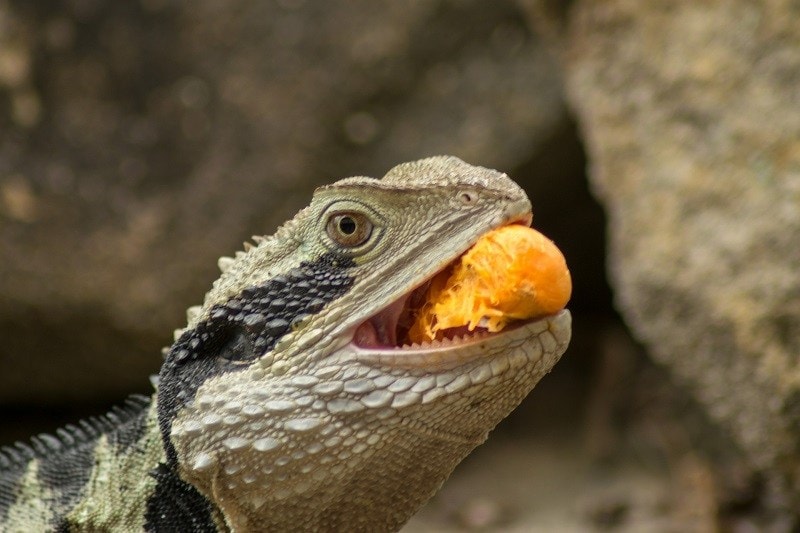 Introduction:Reptiles are a various group of animals that have adapted to varied environments over millions of years. One in all the important thing traits of reptiles is their methodology of breathing, which differs from other vertebrates similar to mammals and birds. While most reptiles breathe through lungs, there are some exceptions which have gills for respiration. This research aims to discover the totally different respiratory adaptations of reptiles and the components that affect their respiration mechanisms.
Introduction:Reptiles are a various group of animals that have adapted to varied environments over millions of years. One in all the important thing traits of reptiles is their methodology of breathing, which differs from other vertebrates similar to mammals and birds. While most reptiles breathe through lungs, there are some exceptions which have gills for respiration. This research aims to discover the totally different respiratory adaptations of reptiles and the components that affect their respiration mechanisms.
Respiratory Adaptations in Reptiles:Nearly all of reptiles, including snakes, lizards, turtles, and crocodiles, breathe with lungs. These lungs are comparatively easy compared to mammals and birds, with sac-like buildings that expand and contract to attract in and expel air. Lung morphology varies among completely different species of reptiles, with some having extra complicated lung buildings that enable for environment friendly gasoline change.
In contrast, there are a couple of species of reptiles which have gills for respiration. For example, sea snakes and a few species of freshwater turtles have retained gills throughout their lives. These gills are used to extract oxygen from water, allowing these reptiles to live in aquatic environments. The presence of gills in these reptiles is an adaptation to their particular habitats and lifestyles.
Factors Influencing Respiratory Adaptations:The presence of lungs or gills in reptiles is influenced by a mixture of evolutionary historical past, environmental components, and physiological wants. Reptiles that stay in terrestrial environments usually have lungs for respiration, reptile as pet they require an environment friendly respiratory system to extract oxygen from the air. Alternatively, reptiles that have adapted to aquatic environments might have gills or a mixture of lungs and gills to facilitate respiration in water.
Furthermore, the size and metabolic calls for reptile pet of different reptile pets for children species additionally play a job in determining their respiratory adaptations. Larger reptiles, corresponding to crocodiles, may have larger and petsmart reptile cages more complicated lungs to assist their greater oxygen necessities. In contrast, smaller reptiles, reminiscent of snakes and lizards, reptile pets for children have smaller lungs that are ample for their metabolic needs.
Conclusion:In conclusion, the respiratory adaptations of reptiles are various and reflect the wide range of habitats and lifestyles within this group of animals. While most reptiles breathe with lungs, there are some exceptions that have developed gills for respiration in aquatic environments. The presence of lungs or gills in reptiles is influenced by evolutionary history, environmental elements, and physiological wants. Further research is required to explore the respiratory adaptations of reptiles in additional depth and to know how these adaptations have developed over time.

